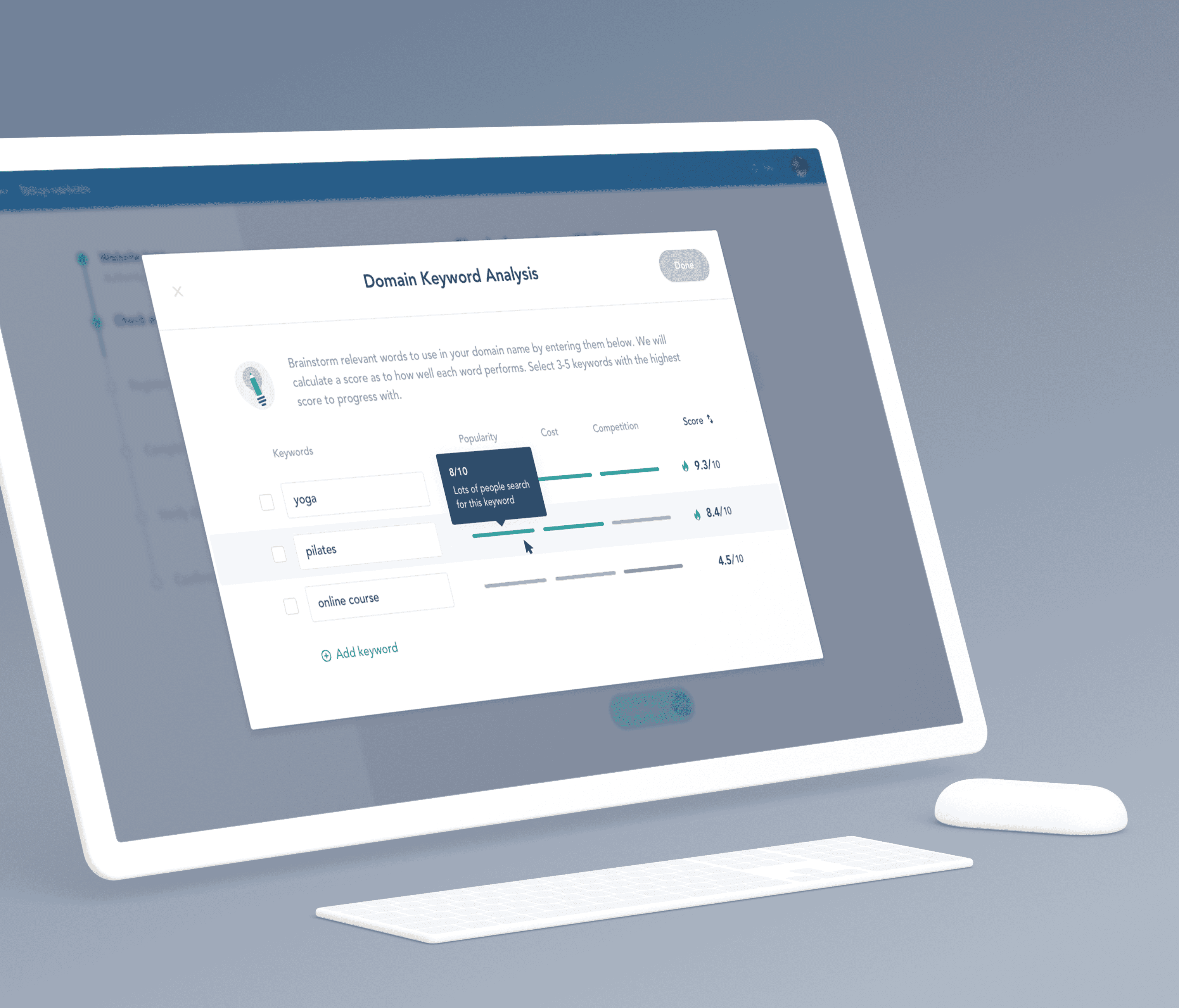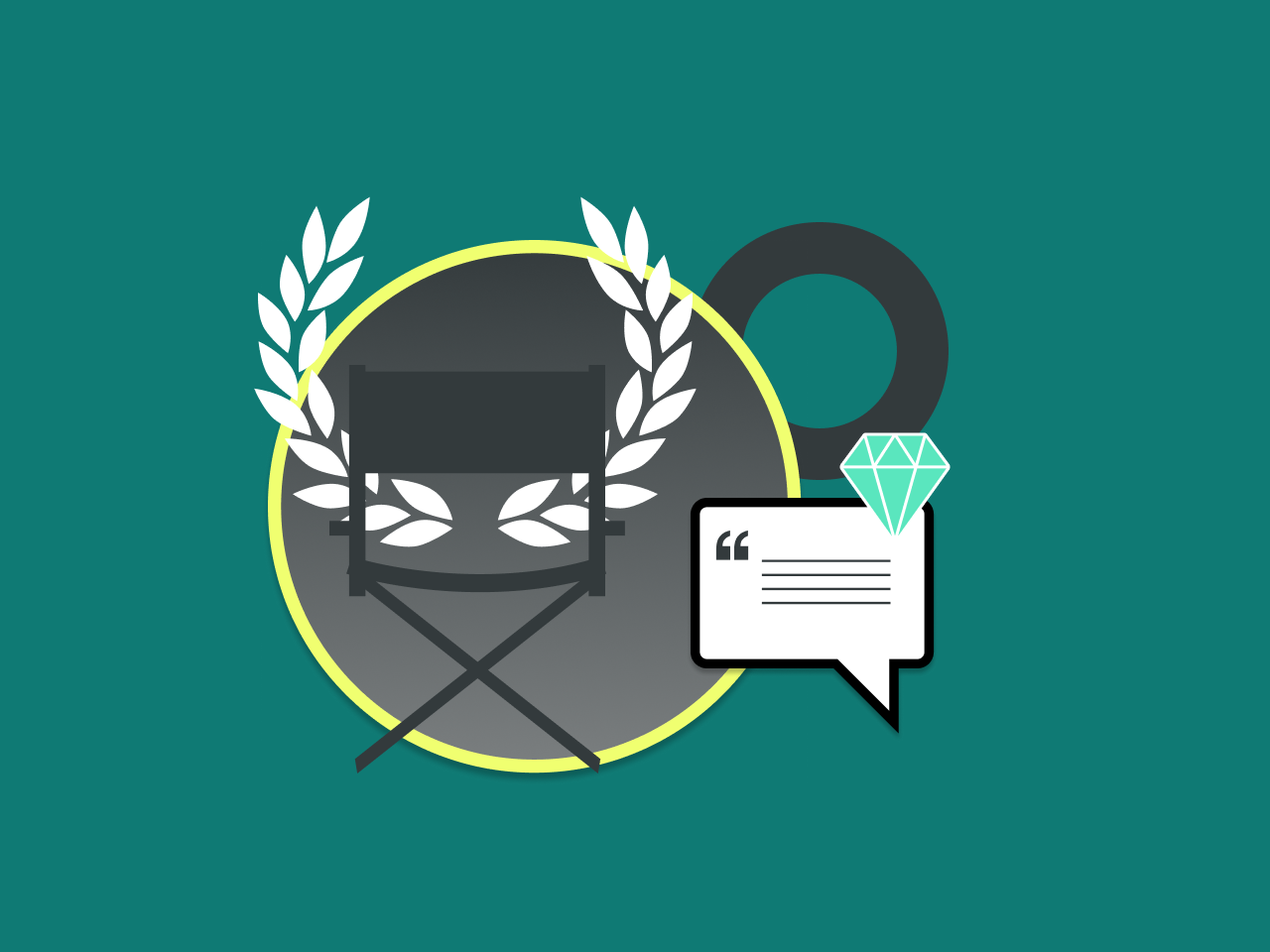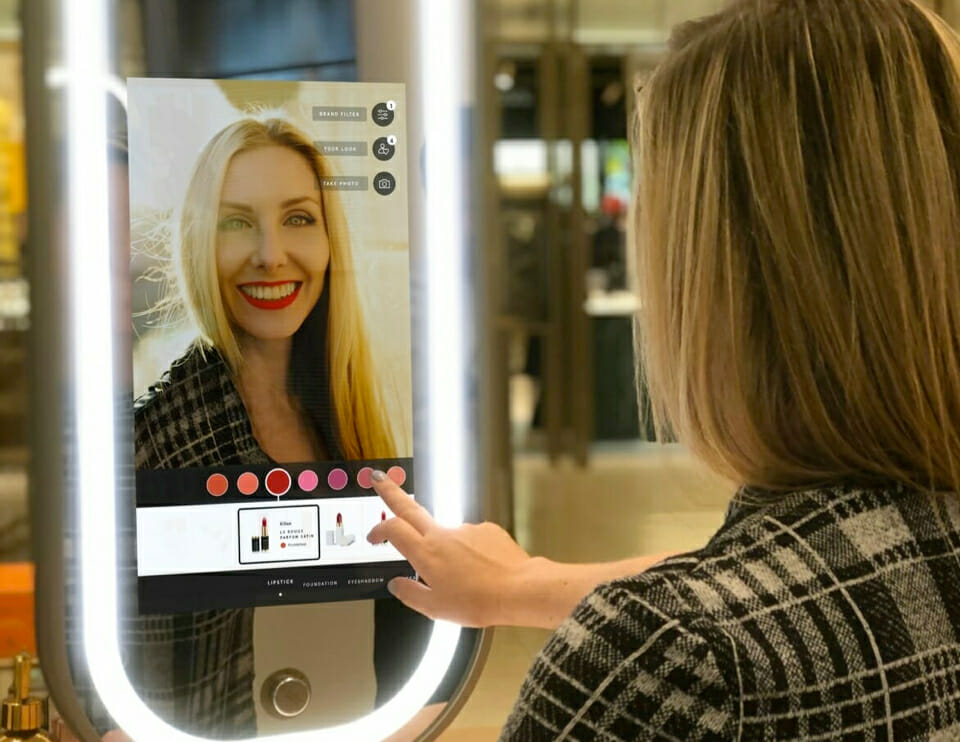What is qualitative UX research?
Qualitative UX research is all about exploring the “why” behind user behaviours. It focuses on gathering non-numerical data through user research techniques like interviews, usability testing, and observations to understand users on a deeper level. Unlike quantitative research, which seeks to measure specific actions or trends, qualitative user research uncovers the thoughts, emotions, and motivations that drive users’ actions.

What is a qualitative user experience researcher?
Therefore, a qualitative UX researcher focuses on understanding how users interact with products by exploring those experiences, emotions, and motivations. Day-to-day, they conduct interviews, usability tests, and any other qualitative analysis methods to gather insights into user behaviour. By analysing non-numerical data, they help design teams improve products based on user needs, ensuring a more intuitive and user-friendly experience. Their role bridges the gap between user feedback and actionable design changes.
Why qualitative research matters
Qualitative user research is invaluable because it offers the context behind quantitative insights. For instance, analytics might show that users are dropping off at a particular point in your app, but it won’t tell you why. Qualitative research methods help answer this by providing personal insights into specific user frustrations, cognitive load, and emotional responses that numbers alone can’t explain. Through understanding these insights, UX designers can make informed decisions that truly address the user’s needs.
Moreover, qualitative research often reveals unexpected insights. Through open-ended questions or observing user behaviour, researchers may uncover issues or desires that they hadn’t even anticipated, leading to innovations in design. This ability to capture the full complexity of user experiences makes qualitative research an indispensable part of any UX strategy.
When to use qualitative UX research
User research methods are flexible and can be applied at various stages of the design process. Qualitative user research is especially useful when you need to explore user motivations, identify pain points, or generate a deeper understanding of how users interact with your product.
Key qualitative UX research methods
There are a variety of qualitative research methods that can be used to gather detailed user insights through various stages of the UX design and implementation process. These methods vary in their approach but all focus on understanding the user experience more deeply.
User interviews
User interviews involve one-on-one conversations between researchers and users, aimed at gaining a deeper understanding of users’ experiences, needs, and behaviours. This method allows researchers to ask questions and explore topics in more depth than other methods like surveys.
- Best Practices: Ensure that your questions are open-ended and designed to encourage detailed, thoughtful responses. Avoid leading questions, and allow the conversation to flow naturally so that users feel comfortable sharing their honest thoughts. It’s also important to create a non-judgemental environment where participants feel safe expressing frustrations or criticisms. Recording and transcribing interviews can help capture every detail for later analysis.

Focus groups
Focus groups involve bringing together a group of users to discuss their experiences and opinions about a product or service. By facilitating a group discussion on the success/frustrations of your products, you can generate a range of perspectives and uncover insights that might not surface in one-on-one interviews.
- Best Practices: Carefully select a diverse group of participants who represent your target audience – a varied focus group is key to assessing your product’s accessibility. Ensure that the discussion remains balanced by giving all participants a chance to speak. As the moderator, you should guide the conversation, keeping it focused on the topics you want to explore while allowing natural interactions to occur between participants. Group dynamics can sometimes reveal additional insights that individuals may not mention in isolated settings.
Usability testing
Usability testing involves observing users as they interact with a product, allowing researchers to identify pain points and areas for improvement. Whether conducted in-person or remotely, usability testing is an essential method for understanding how users navigate and experience a product in real time.
- Best Practices: Try to create realistic scenarios for your users to complete during the test, ensuring they mimic how users would naturally engage with the product. Consider using screen-recording software for remote testing, which allows you to capture user interactions as they navigate through the product. Follow-up questions during or after the test can also provide qualitative insights into why users made certain decisions or experienced particular challenges.
Shadow sessions
Shadow sessions involve observing users as they interact with a product in their natural environment, such as their workplace or home. This method provides valuable insights into the real context in which users will engage with your product, revealing factors that may not be apparent in controlled testing environments.
- Best Practices: When conducting shadow sessions, it’s essential to remain as unobtrusive as possible. You don’t want your presence to influence users’ natural behaviours. Instead, focus on observing not just their actions, but also their emotional responses, body language, and environmental factors that might influence their experience. Taking detailed notes, and where appropriate, video recordings, can help you analyse the findings later on.
Diary studies
Diary studies allow users to record their interactions with a product over an extended period. This longitudinal approach captures changes in user behaviour, satisfaction, and pain points over time, offering insights into how the product fits into users’ daily lives.
- Best Practices: Provide participants with clear guidelines on what they should document, whether it’s in the form of written entries, photos, or videos. The longer duration of diary studies can also introduce a level of user fatigue, so ensure that the process remains manageable and engaging for participants. Analysing the diary entries can reveal patterns or shifts in user behaviour that might not emerge during short-term research.
Participatory design
Participatory design involves actively involving users in the design process to ensure that their needs and preferences are taken into account. This method empowers users to contribute to the creation of the product, ensuring it is truly user-centred.
- Best Practices: Engage users through co-design workshops, brainstorming sessions, or prototyping activities where they can directly influence the design. By allowing users to participate in the creative process, you’re more likely to develop solutions that genuinely meet their needs. Be sure to collect and document their feedback at each stage, incorporating their ideas and addressing any concerns they raise.
Journey mapping
Journey mapping creates a visual representation of the user’s interactions with your product or service over time. It’s a qualitative method that helps identify the pain points and opportunities for improvement by visualising the full user experience from start to finish.
- Best Practices: Journey maps are often created by combining insights from several qualitative research methods, such as interviews, usability testing, and diary studies. To make the map as comprehensive as possible, include touchpoints across different channels and interactions. Use journey mapping to understand not only the user’s experience but also their emotional journey at each stage, highlighting moments of frustration or delight.

Implementing the research findings
At Full Clarity, we’ve seen firsthand how effective qualitative user research can be. Indeed, one of our projects involved working with Asset Logic, a platform that centralises secure investment data for the fund industry. The platform allows members to share and store data in one secure location, simplifying the management of financial information.
During our research, we focused on understanding how a key platform member, Mercer, was using the system. Our research revealed a significant pain point that we couldn’t spot within the data: asset managers were struggling to update their financial data efficiently. Every month, managers needed to update various fields, but the process involved navigating in and out of lengthy forms multiple times, which was time-consuming and inefficient.
Based on these insights, we designed a solution that introduced “Quick forms,” allowing managers to update the most commonly used fields—such as performance, strategy, and firm client assets—more easily. This improvement drastically reduced the time spent on updates and enhanced the overall user experience. More importantly, quantitative data alone could not have led us to these findings.

Combining qualitative and quantitative research
Although this guide focuses on qualitative research and the unique properties and approaches to it, combining it with quantitative methods can lead to even more powerful insights. Quantitative research methods help us to identify broad patterns of user behaviour, while qualitative research explains the reasons behind those behaviours.
Benefits of mixed methods
- Holistic View: By integrating both research approaches, you gain a more complete picture of your users. Quantitative research methods might tell you what’s happening over a certain period of time, while qualitative research reveals why it’s happening.
- Informed Decisions: Quantitative studies can help identify specific issues, while qualitative methods can be used to explore those issues in depth. This complementary approach ensures that design decisions are based on both empirical data and a deeper understanding of the user experience.
Conclusion
Qualitative UX research is essential for uncovering the deeper, more meaningful aspects of user behaviour and motivation. By employing methods like user interviews, usability testing, and journey mapping, designers can create products that truly resonate with their users. While qualitative studies take time and effort, the insights gained are invaluable for delivering user-centred designs that are both functional and emotionally engaging.
Combining qualitative research with quantitative data provides the most comprehensive understanding of user behaviour, allowing for more informed, user-driven design decisions. So, as you embark on your UX research journey, remember: the most powerful insights often come from conversations, observations, and the stories users share.

Find out more
If you have any questions about UX research and how to optimise your UX strategy, then please feel free to get in touch.






